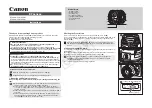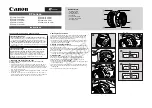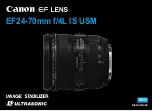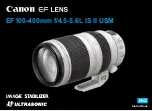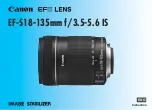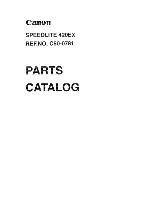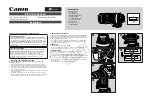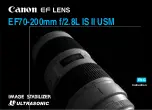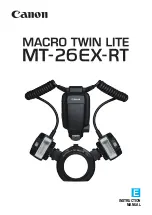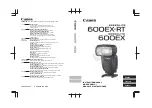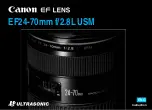
V1.02
Thom Hogan’s Complete Guide to the Nikon D300
Page 85
2.
The EN-EL3e has a third connection terminal (marked
S
for “status” on the latest versions of the battery) that
the camera uses to monitor the battery condition.
Neither the EN-EL3 or the EN-EL3a have this
connection.
It’s this third connection that makes it impossible to use EN-
EL3 and EN-EL3a batteries in the D300: the camera will not
operate at all if it can’t get information about the status of the
battery.
However, note that an EN-EL3e battery works fine in a D50,
D70, D70s, or D100; none of the older cameras can see the
battery status connector and thus it is ignored.
To keep the confusion to a minimum, EN-EL3e batteries—the
ones that work in a D300—are gray instead of the black color
of the earlier, incompatible batteries. Bottom line: gray Nikon
batteries work in the D80, D200, and D300; gray
or
black
Nikon batteries work in the D50, D70, D70s, D80, and D100.
Note: Like all EN-EL3 type batteries, the terminals are exposed, so
the risk of shorts that can cause battery damage, explosion,
or generate heat that could start a fire are a small issue
while carrying batteries without the protective cover. Keep
the protective cover on the battery when it is outside the
camera or charger, if possible.
Note: In the US, the Department of Transportation (DOT) no
longer allows batteries like the EN-EL3e to be packed in
your checked luggage (unless it is inside a camera in your
luggage; it can’t be in your luggage outside of the device it
powers). You need to carry extra EN-EL3e batteries with you
in your carry-on luggage instead of in your checked
luggage. The reason for this has to do with fires. The
extinguishers in the cargo area of passenger planes do not
work on fires that have lithium fueling them while the
extinguishers in the passenger cabin do work on lithium
fires.































